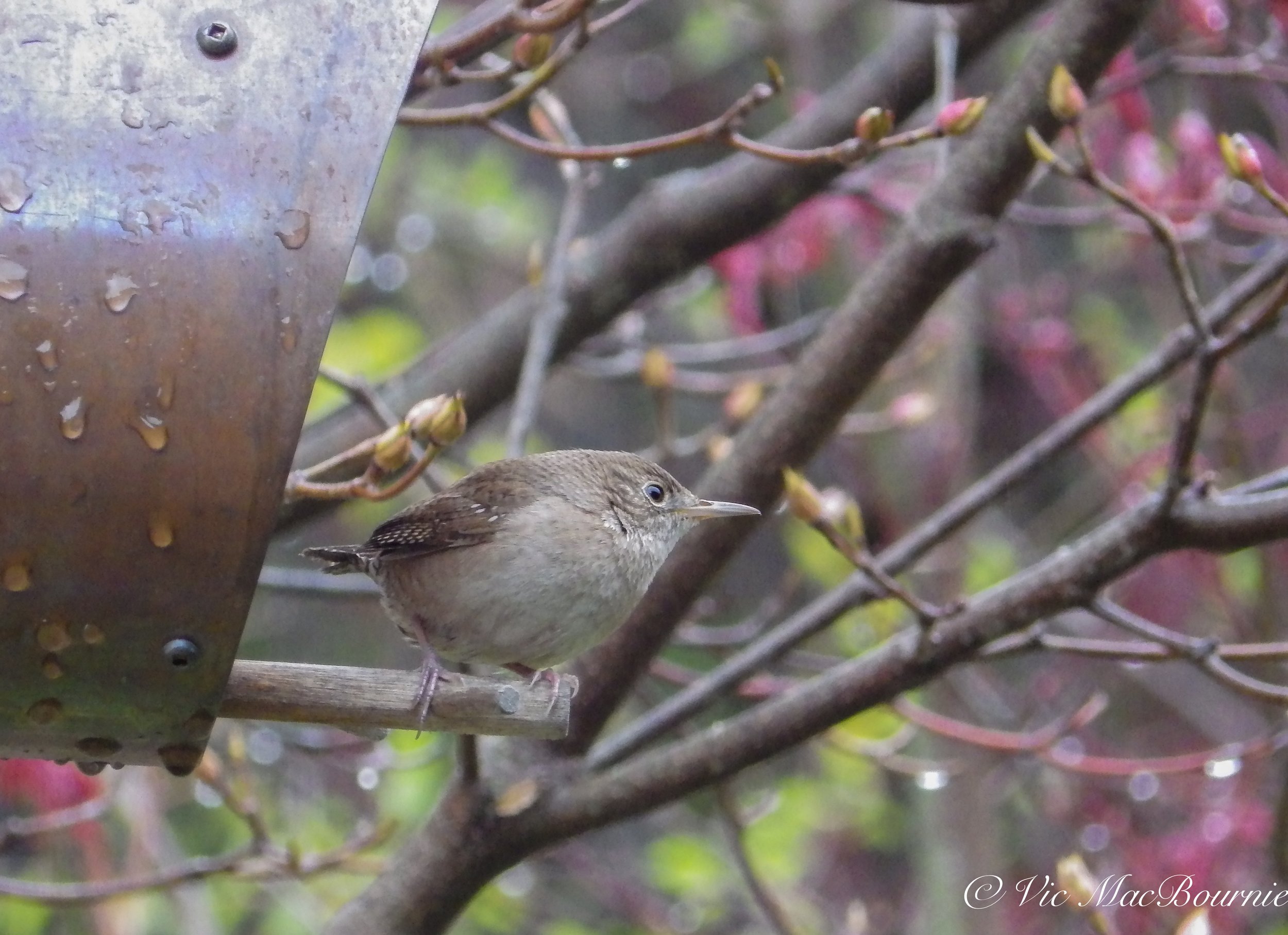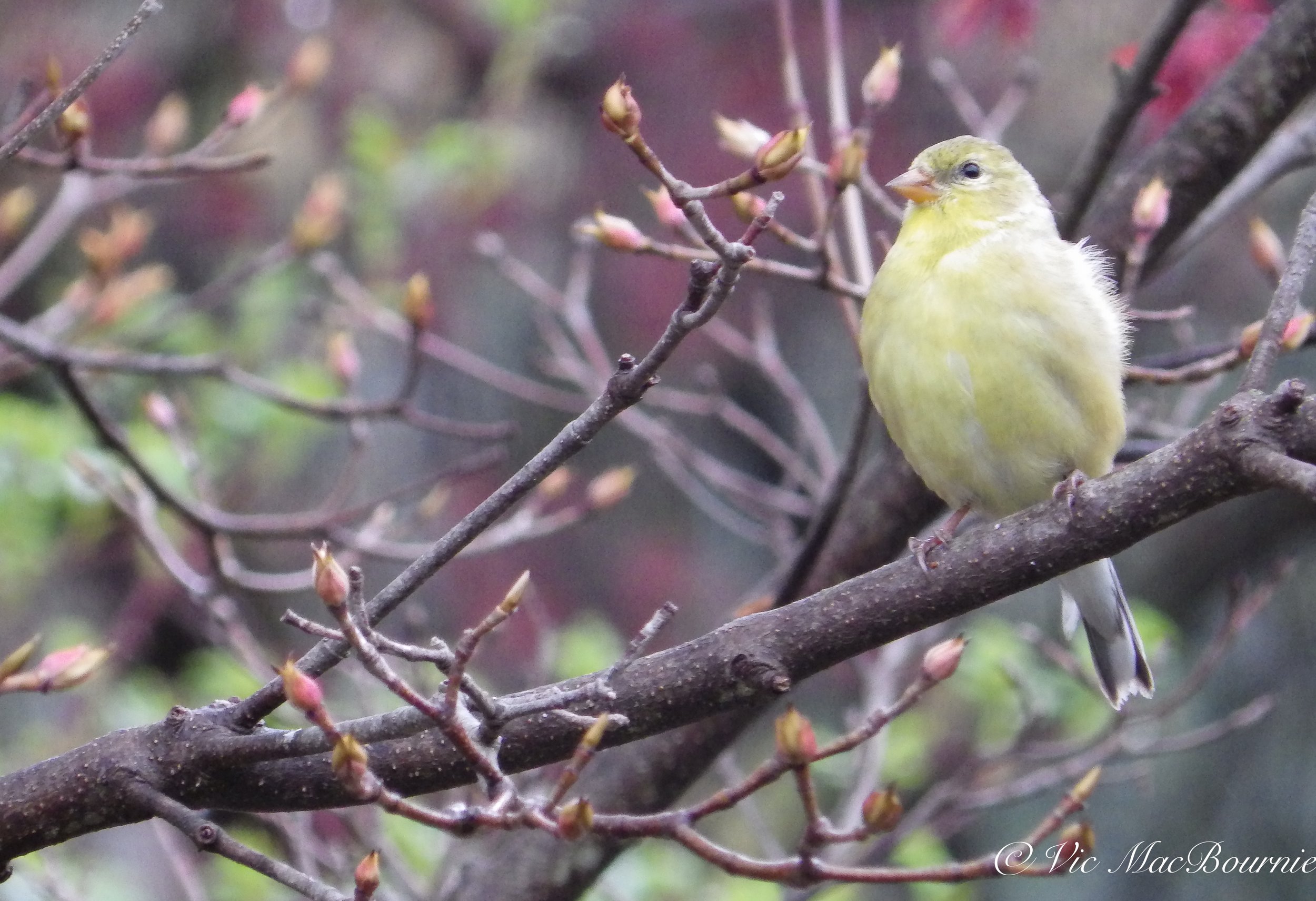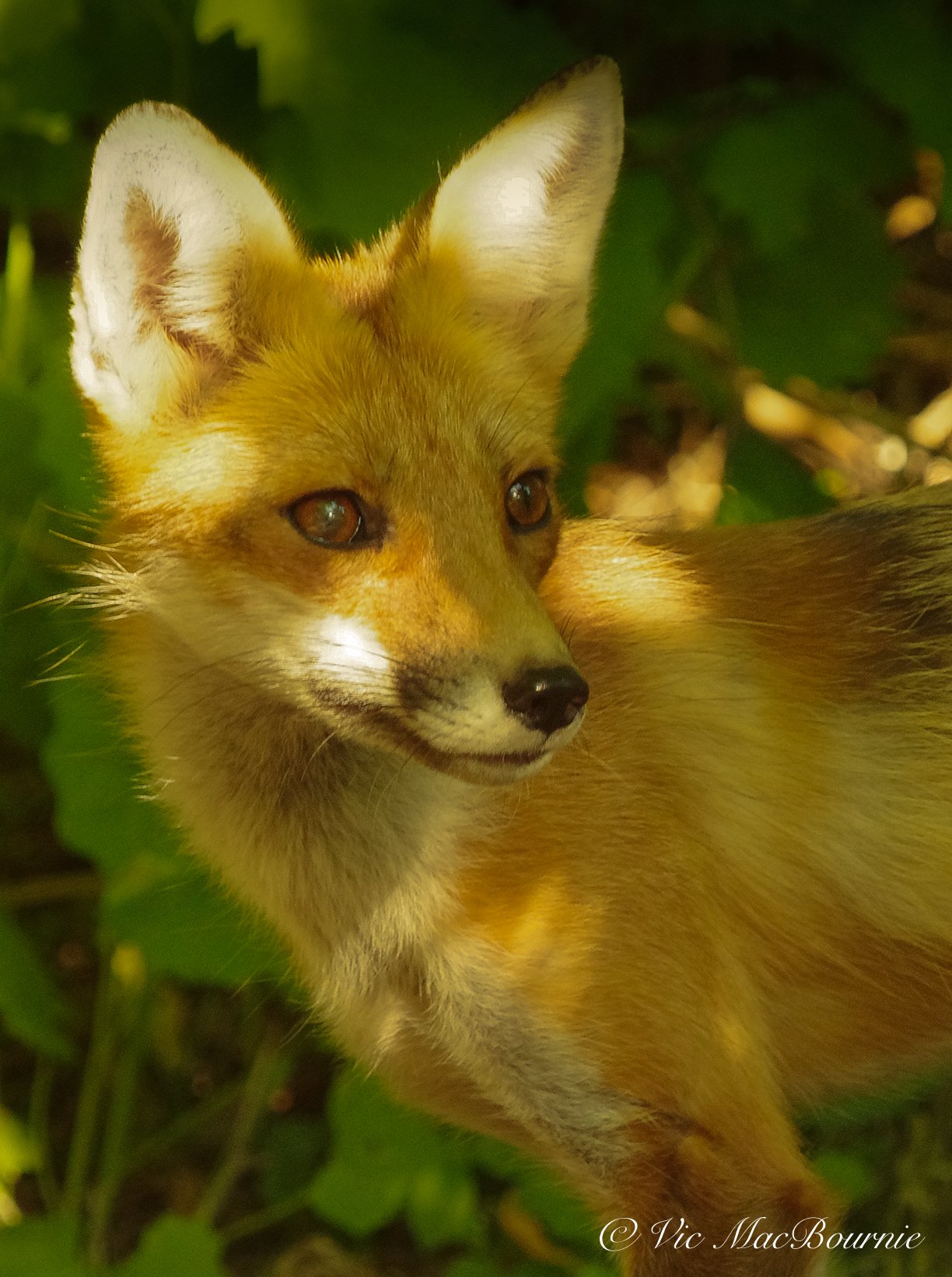What’s the best camera and lens for Garden photography?
Focus on what you want from your garden photography
The best camera for garden photography is one that is easy to carry around and gives you a range of focal lengths that cover everything from macro for closeups of flowers and insects, to wide angle for vistas of the garden, to moderate telephoto capabilities that enables you to focus in on garden details.
A high-end point-and-shoot camera may be all you need for the majority of your garden photography.
Admittedly, these focal lengths will not satisfy everyone’s needs – especially those looking to capture wildlife images – but it will cover all your basic needs to capture your garden or a public garden. Cameras that meet these requirements include both simple and inexpensive compact cameras, as well as more costly high-end point-and-shoots and small mirrorless cameras . Most will have a lens that generally covers (in 35mm equivalent) 28mm-110mm.
Many of these perfectly usable compact digital cameras and higher-end mirrorless cameras can be purchased used for a fraction of their original price. Ebay, Kijiji and used departments of local and on-line camera stores such as B&H Photo &Video are excellent places to track down fine examples of these used cameras as well as the latest in new cameras and lenses. If you are lucky, you may even stumble across a solid camera at your local thrift store where you can pick one up for less than $10-$20.
And, if you are wondering how a point-and-shoot digital camera that’s more than 10 years old can perform in the garden, be sure to check out my post on the Canon PowerShot Elph 500 HS.
But, when shopping for a new camera, the most important question is not what is the best camera or lens, it’s what is the end use of your garden photography? Let that question guide you in purchasing your garden photography camera.
Determining your needs in a garden camera
If posting images or videos on social media (Instagram, Facebook, Twitter or Tiktok) is your end goal, then there might not be a need for an expensive, professional style camera. Instead, a good used compact point-and-shoot from one of the main camera companies (Nikon, Canon, Pentax, Olympus, Fuji, Sony…) might satisfy your needs at a very low price.
If you are a content creator, hope to print your images for display, or use the images to create a personal garden book (link to my personal garden book article), you might want to upgrade to a high-end compact point and shoot, a flexible Bridge camera or even a DSLR camera. Check out my article on using DSLRs with interchangeable lenses and Bridge cameras for garden wildlife.
If you are serious about capturing beautiful images of birds or need very high quality images for photo competitions, a top quality DSLR or high-end mirrorless camera with a micro four thirds sensors suited up with high quality lenses is your best choice. Olympus and Lumix are among the leaders in this area. I recently purchased an Olympus micro four thirds camera and lenses. For my first impressions, check out my post on the Olympus M4/3 camera here.
Finally, if you love the experience of using a precision instrument that maybe has a retro look, just feels right in your hand and inspires you to create beautiful images whether they are in your garden, in the back alleys, on vacation or just on a weekend outing, then you need to explore the world of high-end enthusiast cameras.
Most cameras will offer good quality macro or close-focusing capabilities. This image was shot using a Lumix travel camera.
Enthusiast cameras – and I would consider my Fujifilm X10 and Pentax Q among these cameras – including several Leica cameras, some high-end Sony cameras, Canon and Nikon, lend themselves to more creative approaches to garden photography.
Check out my article on photographing the garden in Black and White using the Fujifilm X10 and other cameras including the new Monochrome Pentax camera as well as software that converts colour images to BW.
First step: Deciding what you need from your garden photography
For many gardeners, a good choice that meets these requirements might be nothing more than a smartphone. You may want to check out my article on Tips for using your smartphone to take garden images.
Others, looking to take garden photography to the next level, will focus on enthusiast point and shoot cameras that are both small enough to carry in your pocket, while at the same time, offering a fully feature-packed camera with a high-end lens covering all the necessary focal lengths including macro capabilities. These camera’s are sometimes referred to as “Travel cameras.”
Others will look to “Bridge cameras” that feature super telephoto lenses to add the ability to capture high quality bird photos from their favourite seat in the garden.
Still others will look to expensive, professional DSLRs or the larger mirrorless cameras complete with interchangeable lenses ranging from extreme wide angle to super telephoto with an array of macro lenses.
If you have not already guessed, choosing the best camera for garden photography depends in a large part on the photographer and what you want from both the camera and your garden photography.
Anyone who thinks they can tell you what camera to buy is likely just trying to sell you something. Although I can make suggestions, only you can decide what camera is best for your needs at this time. Your requirements may change over time as your interests also change.
Photographing backyard birds and wildlife
Photographing garden birds may not be important to you today, but bird photography might be something you want to explore in the future.
It may not be the best time for you to invest in an expensive camera and lens that can capture beautiful bird images. Some of these cameras and long, fast telephoto lenses can cost as much a a good used car. A compromise might be a good Bridge camera that has a built-in long lens at a fraction of the cost. Don’t expect to get similar results as a seprate camera and lens costing ten or twenty times the price, but they can be a good camera to introduce you to the art of bird photography.
Later, if you decide to take the next step in bird photography, you can upgrade to a camera (mirrorless or DSLR) that takes interchangeable lenses.
The ultimate all-round Camera Shootout
I am not a fan of recommending particular cameras to readers, but I can share what other UTubers consider to be their favourite cameras. Mattias Burling, for example, has an informative channel that focuses on many high-end point and shoot and mirrorless cameras that are perfect for garden photography. The following are some of his favourite cameras and why they are his favourites.
In his video the Ultimate all-around 2021 Camera Shootout, Mattias reviews four of his favourite cameras that include: The Ricoh GR3 he calls the ultimate “street King”, Fujifilm X-E4, Pentax Q7 a small but powerful miniature camera, and the Fuji X100v that he describes as a technical gizmo. Not all these cameras are available new, but can be found on the used market for good prices.
He rates them on a number of factors starting with price. The two Fuji cameras are the most expensive, followed by the Ricoh leaving the Pentax Q7 the winner not only for the price of the camera but all the many mini-interchangeable lenses that can be purchased for a very reasonable price. Click on the link here to see my full review of the Pentax Q system of cameras.
When it comes to size and weight, The Pentax easily takes top spot again followed by the Ricoh GR3 and the two Fuji cameras.
When it comes to grip and button layout, the Ricoh takes first followed by the two Fuji cameras and the Pentax.
Next up was the speed of the cameras with the Ricoh GR3 taking points for fast focus but both Fuji cameras taking top marks with the X100v taking first and the X-E4 taking second with the 10-year-old Pentax taking up the rear.
Both Fuji cameras take top spots in the viewing displays, with the Ricoh in third and the older Pentax last.
Both Fujis also scored points for their viewfinders, not available on the Ricoh or Pentax.
When it came to image quality, Mattias compared tones, dynamic range, sharpness and colours his favourites were in order the Ricoh, Pentax, Fuji XE-4 and finally the X100v.
Finally, he looked at lenses where the Pentax Q came in first with its complete line of interchangeable lenses in miniature form. Fuji’s XE-4 finished second, followed by the 18mm Ricoh lens with macro, and lastly the Fuji X100v.
When it came to build quality, the Fuji X100v took top honours, followed by the XE-4 and the Pentax Q with Ricoh finishing last.
The Pentax took top honours for its looks and the joy factor in usability which Mattias says is “at the end of the day” the most important feature.
For more on the Pentax Q line of cameras and lenses, check out my comprehensive post here.
Another favourite is the Fujifilm X-E4 with a flipping forward screen.
Okay, so which camera came out on top? It should come as no surprise that they all scored 19 points making it a four way tie.
No surprise that a group of top cameras all came out with the same score in the end. All have their strong and weak points. What you have to decide, are what features mean the most to you and find those hidden gems that satisfy your most important needs and wants.
The camera’s above represent a small number of the camera’s available.
You will notice that Nikon, Canon, Olympus, Panasonic Lumix and Sony cameras are among those not listed here. All these manufacturers have outstanding cameras that fall into this category and should be included in the list of options if you are in the market.
My cameras include several Pentax cameras including the K5 DSLR, a KX Bridge camera and the original Pentax Q. I also enjoy shooting with the Olympus M43 system, the Fujifilm X10 and an older Panasonic Lumix travel camera. All have a place in my camera bag although I usually only have one or two with me at any given time depending on what I expect to shoot that day.
Deciding what you need, what you can afford and the type of photography you want to explore is the first step in discovering the joy of garden photography.
Pros and Cons of different camera styles
If all cameras were created equal, purchasing one would be simple. It’s not. There are so many pros and cons to cameras that it would be impossible to list here, but we can discuss the pros and cons of the different camera styles.
Simple point and shoot cameras
A very simple, inexpensive point and shoot camera is capable of documenting your garden, but you may quickly become disappointed with the results and limitations of the camera.
Pros
These cameras are quite inexpensive and perfect for someone starting out and not in need of high-quality images
Simple point and shoots are often available at ridiculously low prices on Kijiji or at discount stores.
They can be great starter cameras to introduce children to the joy of garden photography.
With careful technique, the cameras are capable of good images entirely usable for social media and small 4x6” prints.
Cons
A fixed focal length lens can be a limiting factor that makes moving in close to your subject difficult.
The shutter lag (time between pressing the shutter and taking the picture) can get frustrating if you are trying to capture moving subjects such as insects, butterflies, birds or mammals.
The size and quality of the sensor is likely too small and of lower quality to give you satisfactory results over time.
The look and feel of the camera in your hand may not inspire you to do your best work.
High-end point a shoot cameras for enthusiasts
Pros
The best choice for gardeners wanting high-quality images in a small, carry-around-everywhere package.
Great for the garden, but also for vacations, daily outings and images of your children or grandchildren.
Most feature high-quality lenses with the ability to get close enough to capture insects and butterflies.
Many feature zoom lenses from wide angle to telephoto that allow you to capture garden vistas as well as acceptable images of birds and mammals.
Most feature built-in effect filters and some provide the ability to accept filters such as a polarizing filter (important to reduce glare from leaves and water.)
Many will accept additional accessories such as external flashes, add-on lens hoods, custom cases and remote releases.
The best cameras will inspire you to get out in the garden and explore the camera’s capabilities.
Cons
The best of these cameras can get quite expensive and may be more than most are willing to spend.
Despite their high-price tag, the cameras can still suffer from shutter lag.
Many of these cameras have short telephoto lenses ranging from 28-105mm, which falls short when trying to capture birds from a distance.
Bridge Cameras
Pros
Compact size for full-featured camera
Extreme telephoto for small subjects like birds
Good macro capabilities
Adjustable LED screens for taking pictures at ground level
Cons
Shutter lag makes capturing moving subjects difficult
Smaller sensor limits size, quality of images.
Electronic viewfinder may not be suitable for some photographers.
Extreme telephoto is slow and focus can be a little unpredictable.
Although the cameras are equipped with long telephoto lenses, it is difficult to get a soft background compared to fast telephotos on DSLRs and mirrorless cameras.
DSLRs and mirrorless cameras
Although digital single lens reflex cameras are still available, they are quickly being replaced by cameras without mirrors. If you are a die-hard DSLR shooter, more and more are available on the used market at good prices.
Pros
Allows for a complete line of lenses from extreme wide angle to extreme telephoto as well as specialized macro lenses.
An array of accessories that enable you to tackle difficult situations from macro lighting, to remote capture of birds and mammals.
Many are workhorse cameras that are weather resistant.
Larger sensors create outstanding image results, low in noise (grain), and able to shoot in much lower light conditions.
The images are easily cropped without losing too much quality. (see fox portrait below).
Able to shoot extremely fast to capture 20 plus frames per second.
Cons
These cameras and lenses can be quite large and heavy to carry for long periods of time. Mirrorless cameras are smaller and lighter but still large in comparison to most of the cameras discussed above
Cameras and lenses can get very expensive making some of the specialized lenses almost unattainable for average photographers.
Provides the most flexibility of all cameras.
In conclusion
Like I said earlier, I don’t like to tell readers what cameras to purchase. New, more updated cameras are coming out monthly and advances in digital photography – although slowing to some degree – continue to push the boundaries. I can’t say what cameras to purchase but I can recommend that you make every effort to purchase the best camera you can afford on the used market.
I like to purchase from Ebay and Kijiji but don’t hesitate to purchase cameras and lenses from local camera stores or on-line stores like Adorama Camera or Keh Cameras. Photography is very much a “must have the latest device” hobby, so it’s an opportunity to purchase excellent used cameras and lenses off photographers looking for the latest and greatest.
With a little searching, you can find outstanding bargains on high-quality used cameras.











